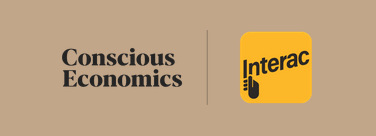
My latest MoneySense Retired Money column looks at a topic I cheerfully admit I’d never heard of until the editors drew it to my attention: Infinite Banking (IB). Not to toot my own horn, but that’s unusual, as I have been writing about personal finance for the better part of three decades.
In any case, you can find the full MoneySense column by clicking on the highlighted headline here: Infinite banking in Canada: Should you borrow from your life insurance policy?
According to a useful primer in Policy Advisor, Infinite banking is “a concept that suggests you can use your whole life insurance policy to ‘be your own bank.’ “ It was created in the 1980s by American economist R. Nelson Nash, who introduced the idea in his book, ‘Becoming Your Own Banker.’ He founded IBC (Infinite Banking Concept) in the U.S. and eventually it migrated to Canada.
One of the sources cited in the column evinced some skepticism when he said of Infinite Banking (IB for short): “those who have sipped rather than chugged the IB Kool-Aid say it’s a strategy that may be too complex to be marketed on a mass scale.”
If you’re not familiar with life insurance, Infinite Banking does seem a bit arcane. Rather than put your money in a traditional bank – which until the last year or so paid next to nothing in interest on accounts – you would invest in a Whole Life or Universal Life insurance product, either of which provides some “cash value” from the investment portion of those policies. Then if you want to borrow money, instead of paying hefty interest payments to a bank, you borrow against your life insurance policy.
Watch this YouTube video primer
Those new to Infinite Banking should definitely look at a YouTube primer made by Philip Setter, CEO of Calgary-based Affinity Life (Affinitylife.ca). There he readily concedes that much of the marketing hype is to portray Infinite Banking as some kind of “massive secret for the wealthy,” which essentially amounts to buying a whole life insurance policy and borrowing against it. In the video he calls out some of the conspiracy-mongering that seems to be attached to infinite banking, including the primary message from some promoters that traditional banks and governments are out to rip off the average consumer. Continue Reading…





